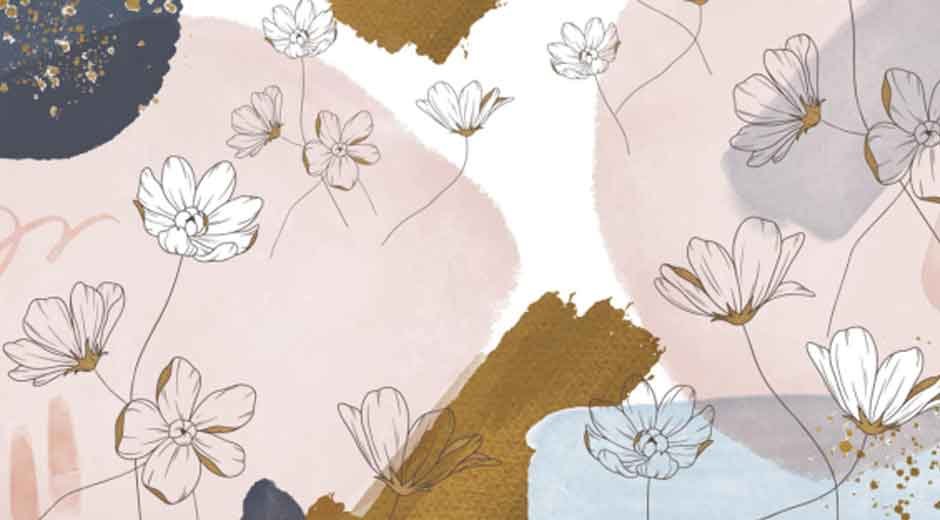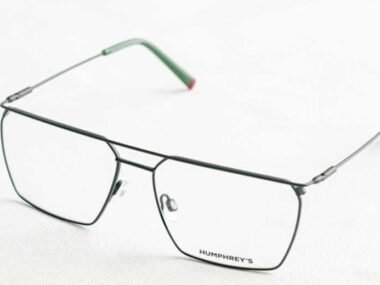Vintage fashion holds more than style-it holds stories. Each stitch carries a whisper of the past, a glimpse of elegance that has survived time. But these delicate treasures need more than admiration-they need care.
Learning how to protect them ensures that their history continues to shine. If you want your cherished pieces to last, it’s time to blend old-world charm with new-age preservation methods.
Read on and discover how modern techniques keep timeless pieces alive.
Understanding the Nature of Vintage Fabrics
Vintage garments are often made from materials that behave differently from modern fabrics. Natural fibers like silk, linen, and cotton are sensitive to moisture and heat, while synthetic blends may react unpredictably to cleaning products. Recognizing these differences is the first step to proper preservation.
Why Fabric Identification Matters
Each fabric has its own story and care method. A 1950s silk dress needs gentler handling than a 1980s polyester jacket. Knowing what your garment is made of helps you decide how to clean, store, and even display it safely.
Cleaning with Care and Precision
Dust, sweat, and natural oils can dull vintage clothing over time. But washing too often can do more harm than good. Spot cleaning is your safest option for most pieces, using mild, pH-balanced solutions and soft cloths.
When to Seek Professional Cleaning
Some garments need more than gentle home care. For those, consider dry cleaning services in Fairfield County that specialize in vintage textiles. Experts can clean and restore fragile fabrics without stripping color or texture, helping preserve the piece’s original beauty.
Proper Storage for Longevity
Storage plays a huge role in preservation. Store garments in a cool, dark space with low humidity. Sunlight fades dyes, and moisture can attract mold or pests.
Choosing the Right Materials for Storage
Avoid wire hangers-they can distort shapes or leave rust marks. Use padded hangers for dresses and coats. For knits and heavier items, store them flat with acid-free tissue paper to prevent stretching and folds.
The Role of Restoration and Repairs
Small flaws add charm, but they can worsen if ignored. Repair loose seams, buttons, or hems as soon as you spot them. Always use thread that matches the garment’s age and tone to preserve its authenticity.
Finding Skilled Restoration Help
If your piece needs deeper repair, seek a tailor familiar with vintage construction methods. They can restore structure while keeping the garment’s original character intact. Restoration should protect the story, not erase it.
Handling Vintage Accessories with Care
Preserving vintage fashion isn’t just about garments-accessories deserve care too. Old handbags, hats, gloves, and jewelry often show wear long before clothing does. Leather bags should be treated with gentle conditioners to prevent cracking, while hats keep their shape best on stands.
Store jewelry in soft-lined boxes away from light and moisture to avoid tarnish. These small acts of care protect the finer details that complete your vintage look. Every clasp, stitch, and brim tells a story worth saving, letting each accessory stay a lasting piece of fashion’s timeless charm.
Preserve Vintage Fashion: Keep the Story Alive
Every vintage piece connects you to a moment in time. With patient care, gentle cleaning, and mindful storage, you can keep its spirit alive for years to come. The beauty of vintage fashion isn’t just in the fabric-it’s in the care that allows it to endure. Read more and rediscover how timeless style survives through modern love and craftsmanship.
For more on this content, visit the rest of our blog!










